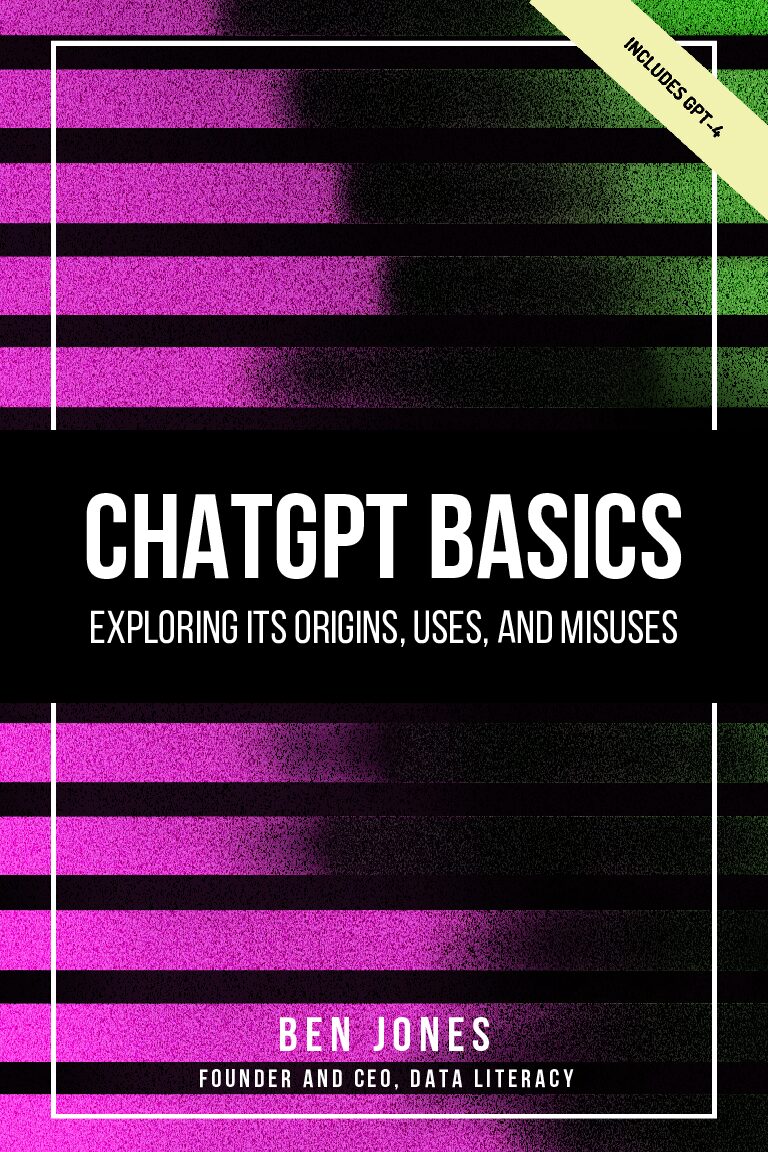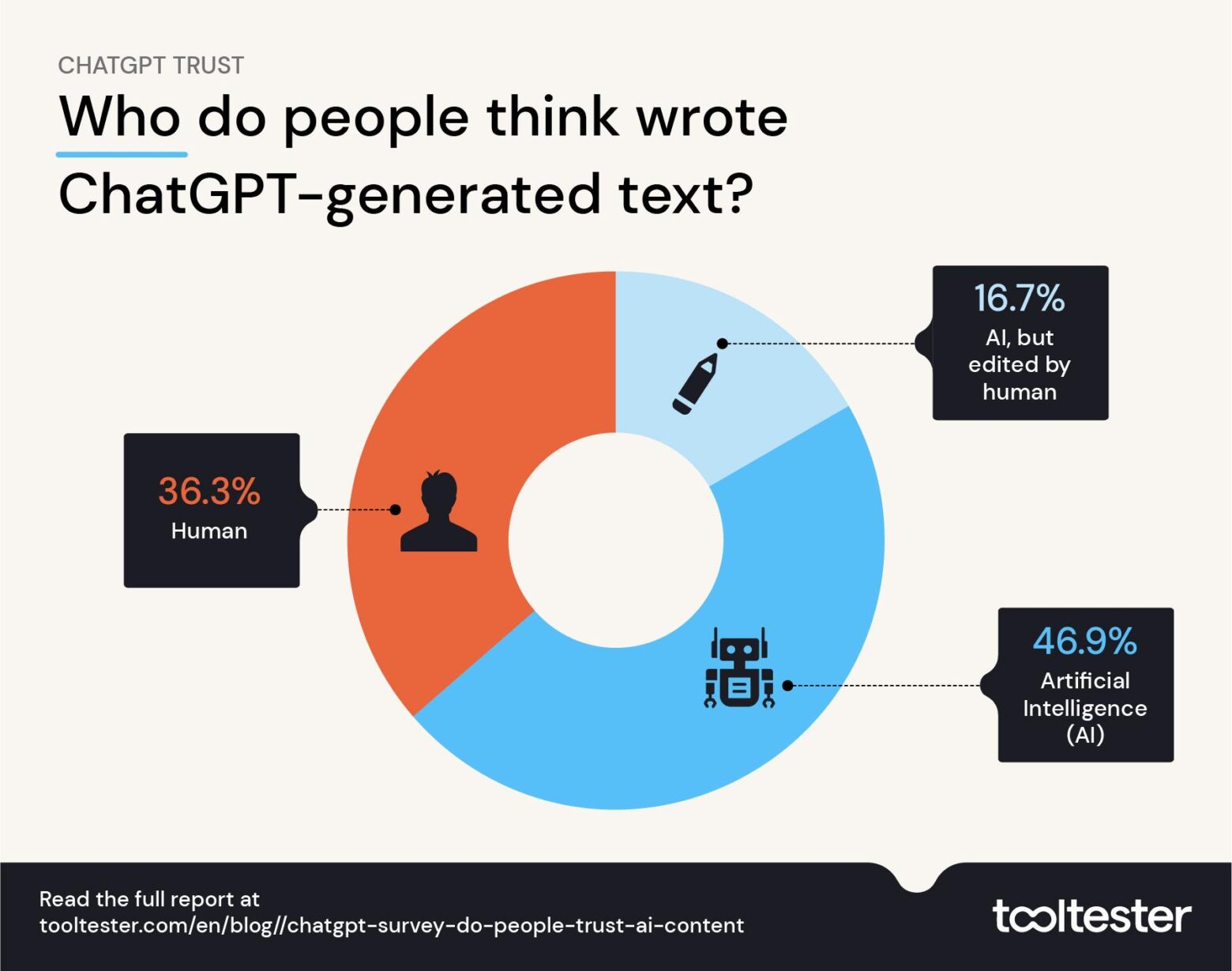“ChatGPT: A Comprehensive Guide for Understanding and Utilizing AI-Powered Conversation
Artikel Terkait ChatGPT: A Comprehensive Guide for Understanding and Utilizing AI-Powered Conversation
- Level Up Your Coaching Business With ChatGPT: A Comprehensive Guide
- Unleash The Power Of AI: ChatGPT Prompts For Startup Founders
- Level Up Your Social Media Game: Mastering ChatGPT For Killer Captions
- ChatGPT: Your AI-Powered Copywriting Assistant – Unleash The Power Of Automated Content Creation
- Unleash The Landing Page Powerhouse: Crafting High-Converting Pages With ChatGPT
Table of Content
Video tentang ChatGPT: A Comprehensive Guide for Understanding and Utilizing AI-Powered Conversation
ChatGPT: A Comprehensive Guide for Understanding and Utilizing AI-Powered Conversation

ChatGPT, developed by OpenAI, has rapidly become a household name, sparking conversations about the future of artificial intelligence and its potential impact on various aspects of our lives. But what exactly is ChatGPT, and how can it be used effectively? This comprehensive guide aims to demystify ChatGPT, providing a deep dive into its functionalities, limitations, and practical applications.
What is ChatGPT?
At its core, ChatGPT is a large language model (LLM) based on the GPT (Generative Pre-trained Transformer) architecture. It’s trained on a massive dataset of text and code, allowing it to understand and generate human-like text in response to a wide range of prompts and questions. Think of it as a highly sophisticated chatbot, capable of engaging in conversations, answering questions, generating creative content, and even writing code.
The "Generative" aspect refers to its ability to create new content, not simply retrieve information from a database. The "Pre-trained" part signifies that the model has already learned patterns and relationships within language from the vast dataset it was trained on. Finally, "Transformer" refers to the specific neural network architecture that enables ChatGPT to process and understand long-range dependencies in text, allowing it to maintain context and coherence in conversations.
How Does ChatGPT Work?
ChatGPT’s operation can be broken down into several key steps:
Input: The user provides a prompt or question to ChatGPT. This input can be in the form of a single sentence, a paragraph, or even a more complex instruction.
Tokenization: The input text is broken down into smaller units called tokens. These tokens can be words, parts of words, or even punctuation marks.
Encoding: Each token is converted into a numerical representation, known as an embedding. These embeddings capture the semantic meaning of the tokens and their relationships to each other.

Transformer Network: The encoded tokens are fed into the Transformer network, which consists of multiple layers of self-attention mechanisms. These mechanisms allow the model to weigh the importance of different tokens in the input and understand the context of the prompt.

Probability Distribution: The Transformer network generates a probability distribution over all possible tokens in the vocabulary. This distribution represents the model’s prediction of which token is most likely to follow the input.
Decoding: The model samples from the probability distribution to generate the next token in the response. This process is repeated iteratively, with each generated token being added to the context and influencing the subsequent predictions.
Output: The generated tokens are combined to form the final response, which is then presented to the user.

Key Capabilities of ChatGPT:
ChatGPT’s versatility stems from its ability to perform a wide range of tasks, including:
Answering Questions: ChatGPT can provide answers to factual questions, drawing upon its vast knowledge base. It can summarize information, explain complex concepts, and offer different perspectives on various topics.
Generating Creative Content: ChatGPT can be used to write stories, poems, scripts, and other forms of creative content. It can even adapt its writing style to match a specific tone or persona.
Writing Different Kinds of Creative Text Formats: ChatGPT can generate different kinds of creative text formats, like poems, code, scripts, musical pieces, email, letters, etc. It will try its best to fulfill all your requirements.
Translating Languages: ChatGPT can translate text between multiple languages, making it a valuable tool for communication and collaboration across different cultures.
Summarizing Text: ChatGPT can condense large amounts of text into shorter, more manageable summaries, saving time and effort for users who need to quickly grasp the main points of a document.
Generating Code: ChatGPT can generate code in various programming languages, based on user-defined specifications. This can be helpful for developers who need to quickly prototype solutions or automate repetitive tasks.
Providing Customer Support: ChatGPT can be used to automate customer support interactions, answering frequently asked questions and resolving common issues.
Brainstorming Ideas: ChatGPT can be used to generate new ideas and explore different possibilities, making it a valuable tool for brainstorming sessions and problem-solving.
Learning and Education: ChatGPT can be used as a learning tool, providing explanations, examples, and practice exercises on a wide range of topics.
Limitations of ChatGPT:
While ChatGPT is a powerful tool, it’s important to be aware of its limitations:
Lack of Real-World Understanding: ChatGPT’s knowledge is based on the data it was trained on, which may not always accurately reflect the real world. It lacks common sense and the ability to understand nuanced social situations.
Potential for Bias: The data used to train ChatGPT may contain biases, which can be reflected in the model’s responses. It’s important to be aware of this potential and to critically evaluate the information provided by ChatGPT.
Inability to Verify Information: ChatGPT is not a search engine and does not have the ability to verify the accuracy of information. It may sometimes provide incorrect or misleading information.
Tendency to Hallucinate: ChatGPT can sometimes "hallucinate" information, meaning that it generates facts or details that are not actually true. This is more likely to occur when the model is asked about topics outside of its knowledge base.
Limited Context Window: ChatGPT has a limited context window, meaning that it can only remember a certain amount of information from the previous turns of a conversation. This can make it difficult to maintain coherence in long or complex conversations.
Ethical Concerns: The use of ChatGPT raises ethical concerns about plagiarism, misinformation, and the potential for job displacement.
Practical Applications of ChatGPT:
Despite its limitations, ChatGPT has a wide range of practical applications across various industries:
Content Creation: Businesses can use ChatGPT to generate blog posts, articles, social media content, and marketing materials.
Customer Service: Companies can integrate ChatGPT into their customer support systems to handle routine inquiries and provide personalized assistance.
Education: Educators can use ChatGPT to create learning materials, provide personalized feedback to students, and assist with research.
Research: Researchers can use ChatGPT to analyze large datasets, generate hypotheses, and write research papers.
Software Development: Developers can use ChatGPT to generate code, debug errors, and write documentation.
Healthcare: Healthcare providers can use ChatGPT to assist with diagnosis, treatment planning, and patient education.
Legal: Lawyers can use ChatGPT to research legal precedents, draft legal documents, and prepare for trials.
Tips for Using ChatGPT Effectively:
To get the most out of ChatGPT, consider the following tips:
Be Specific: Provide clear and concise prompts that clearly state your desired outcome.
Provide Context: Give ChatGPT enough background information to understand the context of your request.
Experiment with Different Prompts: Try different phrasing and approaches to see what works best.
Review and Edit: Always review and edit the output generated by ChatGPT to ensure accuracy and quality.
Be Aware of Limitations: Understand the limitations of ChatGPT and do not rely on it for critical decision-making without verifying the information.
Use it as a Tool, Not a Replacement: Think of ChatGPT as a tool to augment your abilities, not as a replacement for human expertise.
Conclusion:
ChatGPT is a revolutionary technology with the potential to transform the way we interact with computers and information. While it has limitations, its capabilities are constantly evolving, and its applications are vast and diverse. By understanding its strengths and weaknesses, users can leverage ChatGPT to enhance their productivity, creativity, and learning. As AI technology continues to advance, ChatGPT and similar language models will undoubtedly play an increasingly important role in our lives.
FAQ (Frequently Asked Questions):
Q: Is ChatGPT free to use?
A: OpenAI offers both free and paid versions of ChatGPT. The free version has limitations in terms of usage and access to advanced features. The paid version, ChatGPT Plus, offers faster response times, priority access to new features, and access even during peak times.
Q: Can ChatGPT replace human writers or programmers?
A: While ChatGPT can generate impressive text and code, it’s unlikely to completely replace human writers or programmers. It lacks the critical thinking, creativity, and contextual understanding that humans possess. Instead, it’s more likely to serve as a tool to augment their abilities and increase their efficiency.
Q: How accurate is ChatGPT?
A: ChatGPT’s accuracy varies depending on the topic and the quality of the input. It can provide accurate information on many subjects, but it can also make mistakes or generate incorrect information. It’s always important to verify the information provided by ChatGPT before relying on it.
Q: Is ChatGPT safe to use?
A: OpenAI has implemented safety measures to prevent ChatGPT from generating harmful or inappropriate content. However, it’s still possible for the model to generate biased, offensive, or misleading information. Users should be aware of this potential and exercise caution when using ChatGPT.
Q: How is ChatGPT different from Google Search?
A: Google Search is a search engine that retrieves information from the internet based on keywords. ChatGPT is a language model that generates text based on its training data. While both can provide information, ChatGPT can generate more creative and conversational responses.
Q: Can ChatGPT be used for malicious purposes?
A: Yes, like any technology, ChatGPT can be used for malicious purposes, such as generating fake news, spreading misinformation, or creating phishing scams. It’s important to be aware of these potential risks and to use ChatGPT responsibly.
Q: How can I provide feedback to OpenAI about ChatGPT?
A: OpenAI encourages users to provide feedback on ChatGPT through the platform’s interface. This feedback helps them improve the model’s performance and safety.
Q: Will ChatGPT continue to improve?
A: Yes, OpenAI is constantly working to improve ChatGPT and other AI models. They are actively researching new techniques to enhance its accuracy, safety, and capabilities. Future versions of ChatGPT are likely to be even more powerful and versatile.
Q: What are the ethical implications of using ChatGPT?
A: The ethical implications of using ChatGPT are complex and multifaceted. Some of the key concerns include:
- Job Displacement: The potential for ChatGPT to automate tasks currently performed by humans could lead to job losses in certain industries.
- Misinformation: ChatGPT could be used to generate and spread fake news or propaganda, undermining public trust and democratic processes.
- Bias: The biases present in the training data could be amplified by ChatGPT, leading to discriminatory outcomes.
- Plagiarism: Students and others could use ChatGPT to generate content that they claim as their own, violating academic integrity and copyright laws.
- Privacy: The data collected from users of ChatGPT could be used to track their behavior and preferences, raising privacy concerns.
Q: How can I learn more about ChatGPT and other AI technologies?
A: There are many resources available to learn more about ChatGPT and other AI technologies, including online courses, books, articles, and research papers. Some reputable sources include OpenAI’s website, academic journals, and industry publications.
This comprehensive guide provides a solid foundation for understanding ChatGPT and its potential. As you explore this technology further, remember to be critical, responsible, and aware of its limitations. The future of AI-powered conversation is bright, and by understanding its capabilities and challenges, we can harness its power for good.


